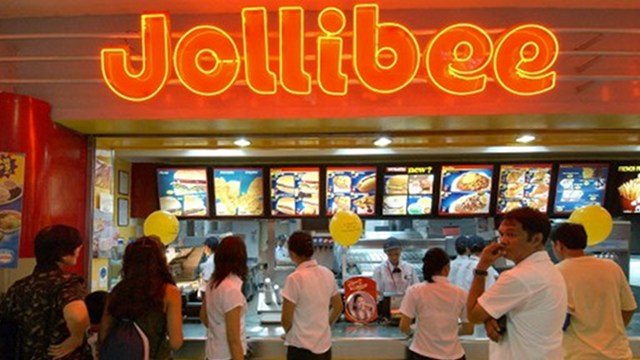July 23, 2013 5:24pm
Rizal Microbank, a subsidiary of Rizal Commercial Banking Corp., will open four more branches and eight microbusiness offices (MBOs) within the year to expand its share of the country’s microfinance market.
This was bared Tuesday by Rizal Microbank president Lourdes Pineda, who said the expansion will be in southern Luzon and Mindanao.
“We are opening four bank branches in Mindanao and eight MBOs, four both for Luzon and Mindanao,” Pineda said at a press briefing.
She added there is a very strong growth potential in Mindanao that is why Rizal Microbank decided to expand in that region. The MBOs in Mindanao will be located in Cagayan de Oro, Butuan, Valencia in Bukidnon and General Santos City.
In the other hand, the MBOs in Luzon will be located in Cabuyao, Sta. Cruz, and San Pablo in Laguna, and Lipa in Batangas.
Pineda said some P4 million has been allotted for the bank expansion per branch and P2 million for each MBO.
Rizal Microbank, which formed through the merger of RCBC’s Makati-based thrift bank Merchant with J.P.Laurel Bank in Batangas in 2011, currently has 14 branches—10 in Luzon and four in Mindanao. The expansion will bring to 26 Rizal Microbank’s total branches in the country.
Deposit portfolio
Pineda said the bank’s deposit portfolio as of June this year stood at P300 million, while total resources hit P900 million. Meanwhile, total loan portfolio hit P100 million, a 79-percent improvement compared to the same period last year.
“Sixty-two percent of our clients are into wholesale and retail business. But one of our requirements is for loan applicants to be operating for at least a year… we don’t want startups,” Pineda said.
Rizal Microbank offers four microfinance products such as microfinance loans, micro deposits, small business loans and micro insurance. It has disbursed over P800 million in microfinance loans since it started its microfinance operation in July 2009. — KBK, GMA News
This was bared Tuesday by Rizal Microbank president Lourdes Pineda, who said the expansion will be in southern Luzon and Mindanao.
“We are opening four bank branches in Mindanao and eight MBOs, four both for Luzon and Mindanao,” Pineda said at a press briefing.
She added there is a very strong growth potential in Mindanao that is why Rizal Microbank decided to expand in that region. The MBOs in Mindanao will be located in Cagayan de Oro, Butuan, Valencia in Bukidnon and General Santos City.
In the other hand, the MBOs in Luzon will be located in Cabuyao, Sta. Cruz, and San Pablo in Laguna, and Lipa in Batangas.
Pineda said some P4 million has been allotted for the bank expansion per branch and P2 million for each MBO.
Rizal Microbank, which formed through the merger of RCBC’s Makati-based thrift bank Merchant with J.P.Laurel Bank in Batangas in 2011, currently has 14 branches—10 in Luzon and four in Mindanao. The expansion will bring to 26 Rizal Microbank’s total branches in the country.
Deposit portfolio
Pineda said the bank’s deposit portfolio as of June this year stood at P300 million, while total resources hit P900 million. Meanwhile, total loan portfolio hit P100 million, a 79-percent improvement compared to the same period last year.
“Sixty-two percent of our clients are into wholesale and retail business. But one of our requirements is for loan applicants to be operating for at least a year… we don’t want startups,” Pineda said.
Rizal Microbank offers four microfinance products such as microfinance loans, micro deposits, small business loans and micro insurance. It has disbursed over P800 million in microfinance loans since it started its microfinance operation in July 2009. — KBK, GMA News





